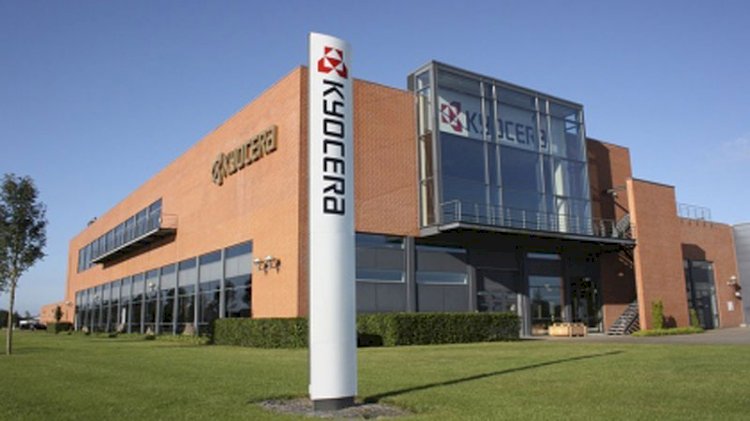To Strengthen Optical Components Business, KYOCERA to Acquire Japan-Based Showa Optronics Co., Ltd.
Acquisition goals is to maximize synergy through combined technologies

On March 25, 2020, Kyocera Corporation announced that it entered into a share transfer agreement with NEC Corporation (President: Takashi Niino; hereunder: NEC), to acquire all of NEC's shares in Showa Optronics Co., Ltd., an optical components manufacturer (President: Minoru Hijikawa; hereunder: SOC). After the share transfer is completed, SOC will begin operating as a subsidiary of Kyocera on June 1, 2020, under the name Kyocera Showa Optronics Co., Ltd. (KSO), Kyocera will own 93.53% of SOC's shares.
Kyocera Corporation, the global and parent headquarters of the Kyocera Group, was established in 1959 as a producer of fine ceramics (also known as advanced ceramics). By combining and joining these engineered materials with metals and integrating them with additional advanced technologies, Kyocera has become a foremost supplier of semiconductor packages, electronic devices, solar power generating systems, printers, copiers, industrial and automotive components, and mobile phones. During the year ended March 31, 2019, the company consolidated net sales totaled 1.62 trillion yen (approx. USD14.6 billion). Kyocera was included in the "Derwent Top 100 Global Innovators 2018-19" list by Clarivate Analytics and is ranked #655 on Forbes magazine's 2019 Global 2000, list of the world's biggest publicly traded companies.
With its highly advanced and innovative manufacturing technologies, Kyocera's optical components business has engaged in producing varied lenses from small to large diameters from a wide variety of materials. The products have been used in various fields, including office and factory automation equipment, automotive, and medical equipment, since Kyocera entered this business in 1983.
In 2016, Kyocera expanded its business by acquiring Japan-based Melles Griot KK, a manufacturer of large-diameter and high-precision lenses for factory automation equipment. The organization is expanding its production capabilities to meet rising demand.
SOC, established in 1954, has targeted high-value-added markets, including space-related products, semiconductor manufacturing equipment (such as exposure equipment), and medical equipment for DNA analysis, using its core technologies of ultra-high-precision lens polishing, high-proof and low-loss film formation, and lasers with outstanding stability and durability.
In acquiring SOC as a subsidiary, Kyocera aims to become a leading optical components company by expanding its new product offerings in the laser market, maximizing synergies through both companies combined technologies, and utilizing Kyocera's worldwide sales network and production facilities to further expand its optical components businesses.































